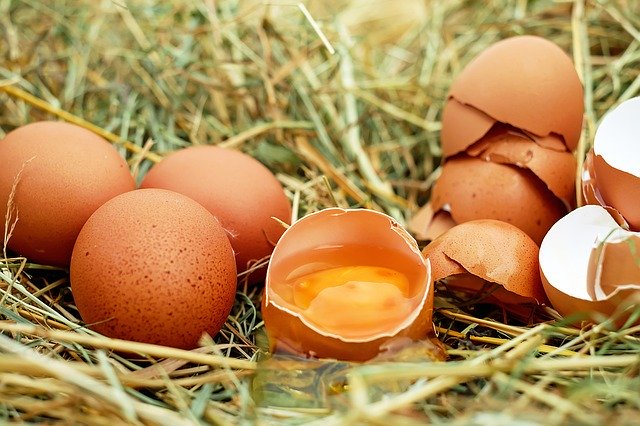Chicken eggs are consumed in almost every part of the world, and they have several uses, from cooking to baking. Eggs have been part of every breakfast, lunch, dinners, and even desserts for most of us. But there are still some things that we yet to know about one of our favorite breakfast buddies. That’s why in this article, we are going to answer some of the questions most of you have about chicken eggs.
White or Brown?
Over the years, there seems to be a lot of debate going on about which is better, white eggs or brown eggs? Sometimes, the answer depends on where you are, but more often than not, you will most likely get all sorts of solutions. For example, the French believe the darker brown an egg is, the better, especially when it comes to taste. In fact, they have even developed a breed of chicken they called the Maran, who can lay eggs that has a deep chocolate brown color. But what exactly is the difference between white and brown?
For starters, it basically comes down to the breed of the chicken. Some chickens tend to lay brown eggs, while some lay white eggs. However, it goes deeper than that. Chicken breeds that lay white eggs are considered to be leaner breeds who can handle extreme heat very well. On the other hand, chickens that lay brown eggs tend to be very large in size, along with thick feathers. That is why they are more suitable to breed in areas that have colder climates, and they are more susceptible to heatstroke. This is why most eggs that are sold in the southern United States are white, and most of the eggs that are sold in the northern United States are brown.
Yolk Color
Egg yolk should have a very bright yellow or deep orange color. The reason why the color of an egg yolk tends to differ is that it is based on what the chicken is eating. For starters, chickens who only eat the grains that are given to them, chances are they will lay eggs that have a yellow yolk. On the other hand, free-range chickens and the ones who mostly eat bugs and vegetation will produce an egg with orange yolks.
Fertile or Infertile?
Most people believe that a hen needs a rooster to lay eggs. But it isn’t so. As a matter of fact, most of the eggs you purchase at the grocery store unless otherwise labeled, are infertile eggs. That is why if there’s no reason for a commercial egg farmer to have roosters for the hen to produce eggs, they won’t bother. In fact, maybe most of the hens producing eggs today will have never seen a rooster in their life.
There are some people who buy their eggs directly from the farm or in farmer’s markets. So how can you tell if those eggs are fertile? It’s really quite easy; once you crack open an egg, look for a white spot on its yolk. If you cannot see it, you can use a spoon and roll the yolk around until you can. If you saw a white spot that looks like a dot, then it is an infertile egg. But if the white place has more of a doughnut or bull’s eye shape, then it is fertile.
Is it fresh or Not?
It’s a bit disturbing to find out that some eggs are sitting on a shelf for about six weeks before someone buys them, right? So how can you actually tell if an egg is still fresh or not?
For starters, we suggest that you put an egg in a bowl of water if the egg sinks to the bottom the lays on its side, then congratulations because you got yourself a fresh egg. On the other hand, If it sinks but stands on its end, then it means that it is still fresh enough for you to consume, but it is getting older. If the egg floats all the way to the top of the water, then it is an old egg.
